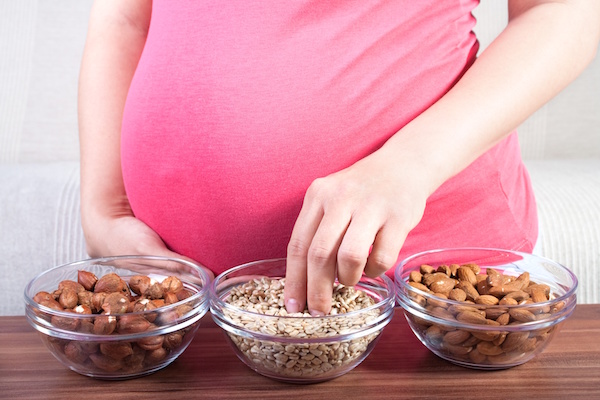
MONDAY, June 28 (HealthDay News) — A simple blood test may one day help predict the age at which a woman will begin menopause, say the scientists who developed the test.
Their study found that the average difference between the age predicted by the test and the actual age a woman reached menopause was about four months, while the maximum margin of error was between three and four years.
If the accuracy of the test is confirmed in larger studies, women could take the test early on their reproductive life to find out their expected age at menopause, knowledge that would help them plan when to start a family, said researcher Dr. Fahimeh Ramezani Tehrani, president of the Reproductive Endocrinology Department of the Endocrine Research Centre and associate professor at Shahid Beheshti University of Medical Sciences in Tehran, Iran.
The test measures concentrations of anti-Mullerian Hormone (AMH), a hormone produced by cells in the ovaries. AMH controls the development of ovarian follicles, which contain a woman’s eggs.
For their research, Tehrani and colleagues analyzed blood samples taken every few years from the participants, who also had regular physical examinations and provided information about their socioeconomic background and reproductive history.
Among the study findings:
- Early menopause (before age 45) was predicted by AMH levels of 4.1 nanograms or less per milliliter of blood at age 20, 3.3 nanograms per milliliter at age 25, and 2.4 nanograms per milliliter at age 30.
- Menopause after age 50 was predicted by AMH levels of at least 4.5 nanograms per milliliter at age 20, 3.8 nanograms per milliliter at age 25, and 2.9 nanograms per milliliter at age 30.
- The average age for menopause among women in the study was about 52.
“We developed a statistical model for estimating the age at menopause from a single measurement of AMH concentration in serum from blood samples. Using this model, we estimated mean average ages at menopause for women at different time points in their reproductive life span from varying levels of serum AMH concentration. We were able to show that there was a good level of agreement between ages at menopause estimated by our model and the actual age at menopause for a subgroup of 63 women who reached menopause during the study. The average difference between the predicted age at menopause using our model and the women’s actual age was only a third of a year and the maximum margin of error for our model was only three to four years,” Tehrani said in a European Society of Human Reproduction and Embryology news release.
“The results from our study could enable us to make a more realistic assessment of women’s reproductive status many years before they reach menopause,” said Tehrani, who presented the findings Monday at the annual meeting of the European Society of Human Reproduction and Embryology in Rome. “To the best of our knowledge, this is the first prediction of age at menopause that has resulted from a population-based cohort study. We believe that our estimates of ages at menopause based on AMH levels are of sufficient validity to guide medical practitioners in their day-to-day practice, so that they can help women with their family planning.”
Tehrani added that “larger studies starting with women in their twenties and following them for several years are needed to validate the accuracy of serum AMH concentration for the prediction of menopause in young women.
William Ledger, a fertility expert at the University of Sheffield in England, who was not involved with the research, told the Associated Press: “This is not something we could start rolling out tomorrow. But if it really does work, it could be immensely useful to young women who are making choices about whether to work or have a family.”
More information
The U.S. National Institute on Aging has more about menopause.

